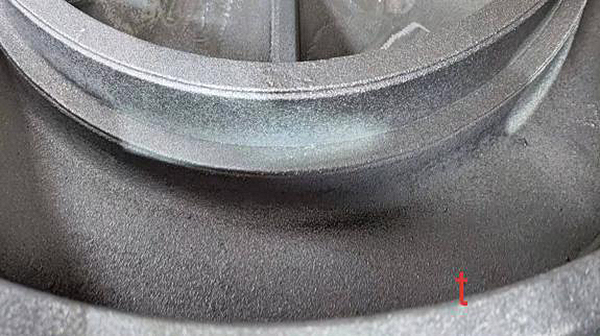Understanding Sand Casting in Engineering
Sand casting, a well-established manufacturing process, is a vital technique in the field of engineering. This method involves creating metal parts by casting molten metal in a sand mold. Due to its versatility and cost-effectiveness, sand casting is widely used in the production of complex shapes across various industries, including automotive, aerospace, and even art.
The Sand Casting Process
The sand casting process begins with the creation of a mold. This mold is made from two halves, typically fashioned from a mixture of sand, clay, and water. The binder (usually clay) helps the sand aggregate stick together, forming a durable mold that can withstand the heat of molten metal. The sand used in this process is often silica sand due to its high melting point and availability.
Once the mold is prepared, the next step involves creating a pattern of the part to be produced. Patterns are usually made from materials such as wood, metal, or plastic, and they are designed to be slightly larger than the final product to account for shrinkage that occurs when the metal cools. The pattern is placed in the sand, and the sand is compacted around it to form the mold halves.
After the mold is assembled, molten metal is poured into it. The metal can be any alloy, but common choices include iron, aluminum, and brass. The temperature of the molten metal is crucial; it must be high enough to ensure the metal flows easily into every corner of the mold but not so high that it degrades the mold material.
Once the molten metal is poured and allowed to cool, the mold is opened, and the solidified casting is removed. The casting often has a rough surface and may have some excess material, known as flash, which must be trimmed off. Following this, the casting may undergo additional processes such as machining, grinding, or surface treatment to achieve the desired finish and tolerances.
Advantages of Sand Casting
what is sand casting in engineering

One of the primary advantages of sand casting is its cost-effectiveness, especially for low to medium production volumes. The materials used in sand casting, primarily sand and clay, are inexpensive and readily available. This allows manufacturers to produce complex and large parts without incurring significant costs.
Moreover, sand casting can accommodate a wide variety of metals, which enhances its adaptability for different applications. The process is particularly beneficial for large-scale components that might be challenging to produce using other methods.
Another significant advantage is the flexibility of the design. Sand molds can easily be modified to create different patterns, making it possible to produce a wide range of products from sculptures to engine components. The sand casting method also excels when creating intricate designs and internal features, enabling engineers to design parts that fulfill specific functional requirements.
Disadvantages and Considerations
Despite its many advantages, sand casting has some drawbacks. The surface finish of castings is generally rough, which may necessitate post-processing. Additionally, due to the manual handling involved, the process can introduce variability in dimensions and quality.
Furthermore, the setup time for sand casting can be longer compared to other manufacturing processes, which could impact production timelines, especially during peak demands.
Conclusion
In conclusion, sand casting remains a fundamental and widely utilized technique in engineering for producing metal parts. Its cost-effectiveness, versatility, and capacity to create intricate designs make it a preferred choice in various industries. Understanding the basics of sand casting allows engineers and manufacturers to leverage its strengths, contributing to the success of their projects. As technology advances, ongoing improvements in materials and methods promise to enhance the efficiency and capabilities of sand casting, ensuring its relevance in modern manufacturing practices.
Post time:Nën . 11, 2024 13:27
Next:wet sanding resin
